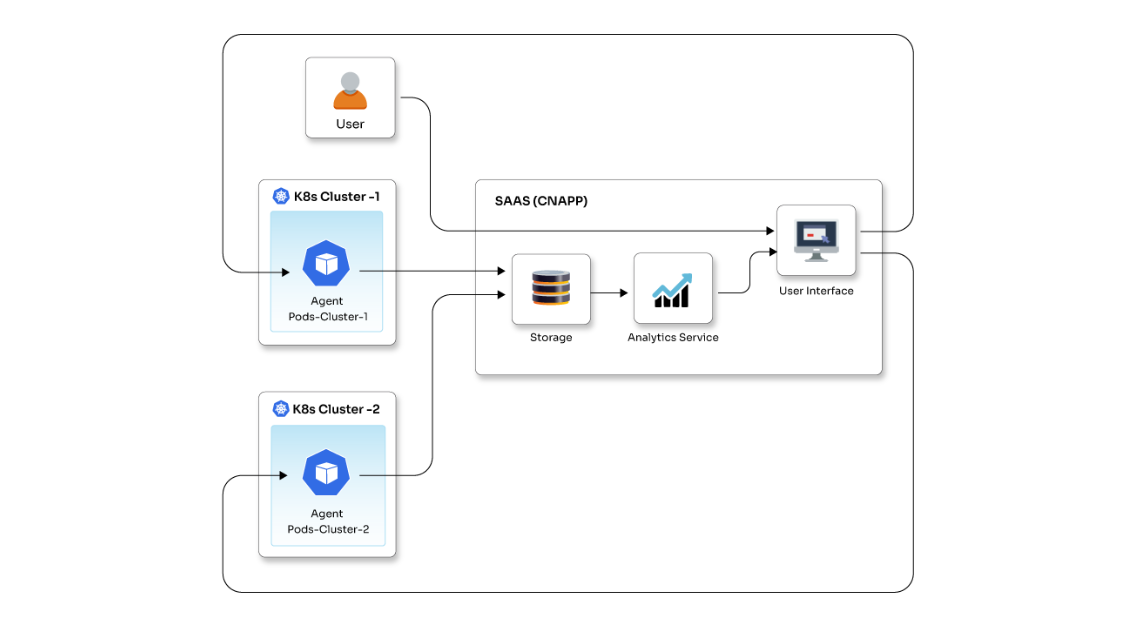The CrowdStrike conundrum

Posted By
Abhijit Kharat

A rainy Friday morning took an unexpected turn when a system failure announcement disrupted my usual pre-flight routine at the airport. At first, I didn't realize the extent of the issue, but then notifications started flooding in, making it clear that this was not just a problem for me but a full-blown worldwide technological crisis. The thought of unexpectedly having my Friday off seemed spectacular, but with their intricate systems and tight schedules forcing airlines to cancel flights, I soon started pondering its broader implications.
The impact of CrowdStrike's content configuration update for the Windows sensor was devastating. Interos data reveals that a staggering 674,476 global entities were affected by the outage, with the U.S. accounting for over 40%. Europe was also severely hit, with the UK, Germany, Italy, France, Spain, and the Netherlands representing nearly 28% of impacted entities. It affected significant sectors like travel, finance, and hospitals, and also sporting events like Formula 1. The irony is that a cybersecurity firm's software triggered a global digital crisis! This incident underscores the potential consequences of even minor software updates and the challenges faced by industries reliant on complex technology.
What was the CrowdStrike / Microsoft outage?
I'm sure everybody has a fair idea of what happened by now. From news reports on TV to memes on Twitter, every place was filled with information on the cause of the outage. So, I will only get a little into the details. The core issue was a programming error in a specific Falcon sensor update to enhance threat detection. This error caused the software to attempt to access a non-existent memory location. This critical failure within a privileged system driver forced a complete system crash, resulting in the infamous Blue Screen of Death. The problematic update was released on July 19 and impacted Windows systems running Falcon sensor version 7.11 and above. CrowdStrike swiftly identified the issue and deployed a fix later that day. Systems that came online after the fix were unaffected. A routine CrowdStrike Falcon software update intended to bolster security accidentally caused a catastrophic system failure due to fundamental coding oversight.
Understanding CrowdStrike Falcon
CrowdStrike Falcon is an endpoint detection and response (EDR) software designed to safeguard endpoint devices within a network. Falcon proactively identifies and blocks potential threats by monitoring system activities for anomalies. Its ability to collect forensic data is invaluable for post-incident investigations. To achieve this level of protection, Falcon requires extensive administrative privileges, granting it deep visibility into system processes, registry settings, and network traffic. While this privileged access is essential for its effectiveness, it also poses risks. The incident highlighted this vulnerability when a flawed update rendered numerous Windows machines inoperable. Despite this setback, CrowdStrike is committed to enhancing Falcon's capabilities through AI-driven automation, aiming to bridge the gap between IT and security operations.
What possibly happened
Your computer's memory is a vast, numbered grid. We use hexadecimal numbers (base 16) for these addresses because they're easier to work with. The problem arose when the software tried to access memory location 0x9c (156), which is entirely off-limits. Windows immediately kills programs that try to read from this region. It looked like a classic programming error because C++, the language used by CrowdStrike, marks memory address 0 as "empty." Programmers must always check if they're dealing with this empty value to avoid crashes. Since this was a critical system program with high privileges, the entire computer had to shut down to prevent damage. System crashes often happen due to errors in these privileged programs. Regular software errors usually cause the program to close.
Was your home PC unaffected by the outage?
Home PCs don't use enterprise-level security software like CrowdStrike's Falcon. The Falcon platform is primarily adopted only by large organizations to protect against advanced threats. Since your PC relies on built-in operating system protection or consumer-grade antivirus software, it is less integrated and less likely to cause a system-wide failure.
The high cost of haste
It's common for cybersecurity firms to release frequent updates to their products to stay ahead of the ever-evolving threat landscape. However, the pressure to provide constant protection can sometimes compromise rigorous testing. As per expert opinions, the CrowdStrike incident could have occurred due to an overlooked rollout strategy when deploying significant updates. A phased approach would have allowed for identifying potential issues within a controlled environment before a wider release. It is a stark reminder of the interconnectedness of our digital infrastructure and the importance of robust testing procedures in preventing catastrophic failures.
Threat actors were readier than ever to take advantage of this outage. Hackers have started offering fake "hotfixes" for the CrowdStrike issue. They are finding ways to push individuals to install malware that lets them control computers (like Remcos RAT). Many new websites with CrowdStrike in the domain name have popped up. These could be used for phishing attacks, tricking people into giving up personal information. So, be cautious!
Though not a direct security threat, it disrupted many services, making the world panic. While many Windows devices resumed regular operation on Friday, the repercussions of the widespread outage continue to be felt across various industries. Flight cancellations, backlogs, and delays have disrupted businesses worldwide. Countless medical facilities were severely impacted, with many forced to cancel surgeries due to operational disruptions. As a result, intense scrutiny has been placed on CrowdStrike to prevent such a catastrophic event from recurring – with the US House Homeland Security Committee even immediately asking George Kurtz, CEO at CrowdStrike, to testify.
Strengthening IT resilience
To enhance the reliability of Rapid Response Content, we must implement rigorous testing procedures encompassing local developer testing, content update and rollback testing, stress testing, fuzzing, fault injection, and stability testing. Additionally, we need to strengthen the Content Validator with new checks to prevent problematic content deployment and improve error handling within the Content Interpreter. A staggered approach must be employed to optimize the deployment process - beginning with a canary deployment followed by gradual expansion to a broader sensor base. Enhanced monitoring of sensor and system performance will guide this phased rollout. Customers could have greater control over deployment timing and location, ensuring transparency through detailed release notes and subscription options. These combined enhancements can significantly improve the resilience and reliability of Rapid Response Content.




















